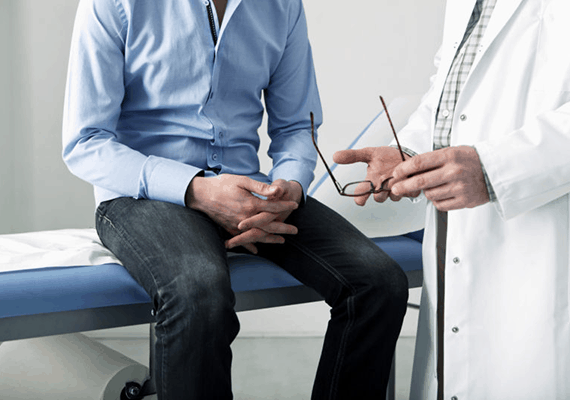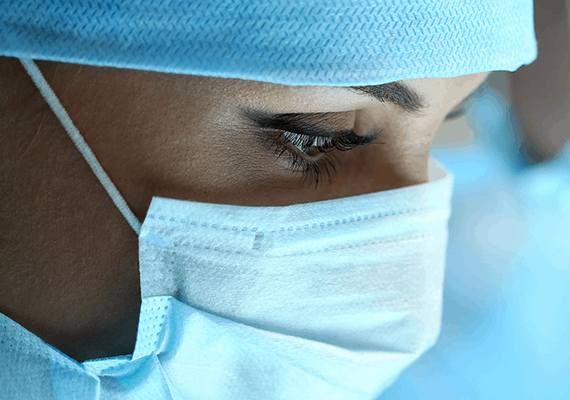
Colonoscopies

A Colonic in Westchester, NY, Overview
Colonoscopies area procedure performed by a healthcare provider to test for abnormalities in the rectum or large intestine. For the colonic in Westchester, NY, procedure, a flexible fiberoptic camera (colonoscope) is inserted into the rectum to advance through the colon.
A doctor may recommend colonoscopies for a variety of reasons linked to the intestine. For example, colonoscopies are commonly performed by gastroenterologists to investigate symptoms such as abdominal pain, changes in bowel habits, rectal bleeding, and to screen for conditions such as colon cancer.
Preparing for a Colonic in Westchester, NY
Before a doctor can perform a colonoscopy, a patient will need to prepare by cleaning out their colon to allow the doctor to view any potential issues through their colonoscope. The day before the procedure, the patient will not be allowed to consume solid foods or drink alcohol. Clear liquids, including water, tea, broth, Jell-O, and black coffee, are allowed, but patients will need to avoid anything with red, blue, or purple dye during preparation. Patients who will have general anesthesia will be instructed not to consume anything after midnight preceding the test. Colonoscopies cannot be performed accurately if they consume products that they are instructed to avoid.
To thoroughly clean out the colon for the procedure, patients will take a laxative the day before the exam. A doctor may instruct the patient to take the entirety of the laxative the night before or take the laxative the night before and morning of their procedure in a process known as “split-dosing”.
How Are Colonoscopies Performed?
For the colonic in Westchester, NY, procedure, the patient will wear a gown and be given a mild sedative. While the patient lies on their side with their knees drawn to their chest, the colonoscope is inserted into the rectum, where the doctor will advance it to the colon. The doctor will also allow some air into the colon to inflate it, giving them a better view of its lining.
The patient may feel bloating, pressure, or cramping, but these feelings are aided through sedation. The gastroenterologist may take a biopsy or remove polyps during the procedure to be tested for signs of cancer or abnormalities. Typically, the procedure lasts around 30 minutes but can take longer if biopsies or polyp removal is required.
How Will I Feel Following a Colonic in Westchester, NY?
It takes a patient around an hour to recover from the sedative and allow the excess air introduced during the procedure to exit the colon. The patient will need someone to drive them home and should avoid driving and making any important decisions for the rest of the day following the procedure.
He or she may experience bloating, gas, or mild cramping a few hours following the procedure, which will subside as the remaining air leaves the colon. They may also experience small amounts of blood during their next bowel movement if polyps are removed during the procedure. Patients will usually be able to eat as normal, but the doctor may recommend diet modifications or restrict certain activities in certain situations, such as the removal of polyps.
Click below to learn more about upper endoscopy procedures as well as our other projects.




